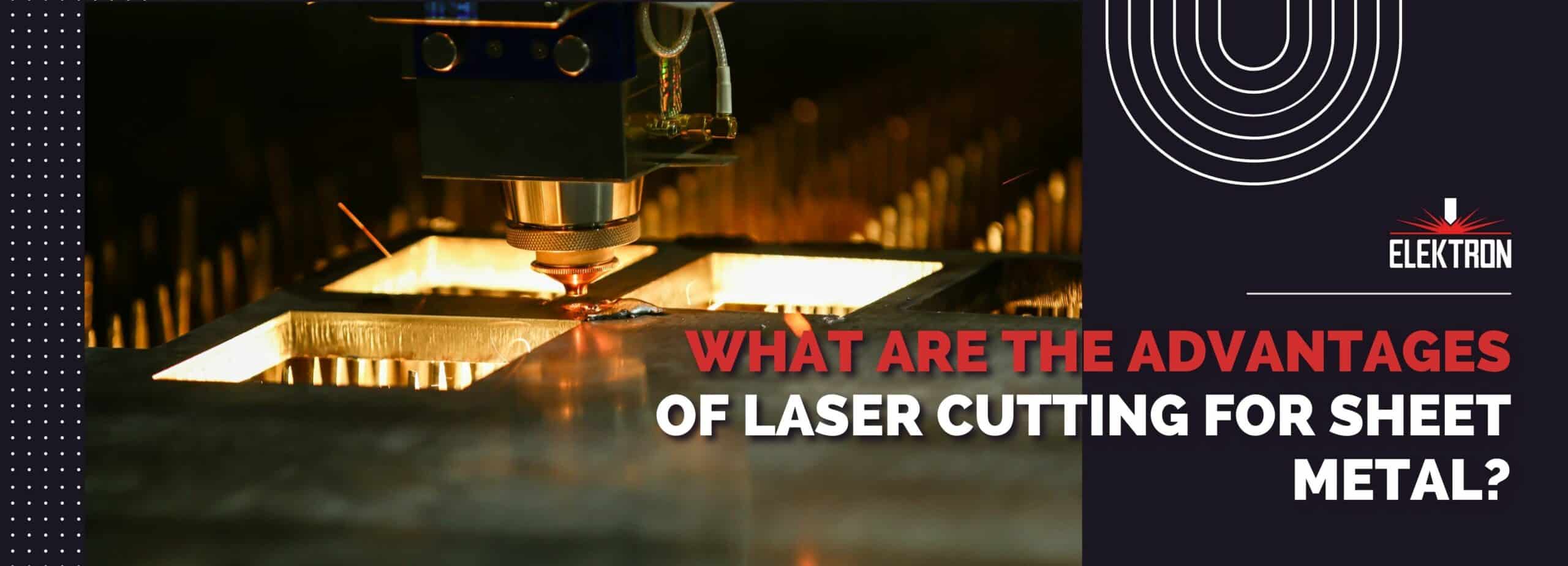
There are numerous ways to cut sheet metal. It’s always beneficial to be aware of your options, whether you require metal fabrication for a single custom product, a small order, or a large-scale industrial operation.
The improved precision, efficiency, and speed of laser cutting are the main reasons for using it for sheet metal manufacturing.
Large industrial orders, prototyping, and intricate designs all benefit greatly from laser cutting. Read on to learn more about the advantages of laser cutting and how it differs from conventional sheet metal fabrication methods.
The Benefits of Laser Cutting for the Production of Sheet Metal
Capacity
A powerful beam of energy is used in laser cutting, which uses a CNC machine to quickly and effectively cut through metal. First, manufacturers create the patterns for the machine to cut using a CAD program. The CNC machine is then given the design. The actual cutting is carried out automatically, which greatly increases speed and lowers expenses associated with labour and tool and equipment maintenance. To maximise the amount of metal used, some laser-cutting devices can even integrate many designs and patterns into a smaller area.
Accuracy
Compared to conventional mechanical fabrication techniques, laser cutting is more accurate because it is carried out automatically by a machine. Because automation is used, cutting processes are completely free of human error. Modern machinery may achieve extremely exact measurements like.005 or even.002 inches, allowing laser cutting to make items with significantly tighter tolerances. A laser’s precise incisions melt metal with no wasted energy. This indicates that while heat is used in laser cutting, it is confined in a very small region and does not spread out and deform the metal as it cools.
Speed
Laser cutters can cut many different angles and patterns without stopping to adjust the sheet metal because they use thermal energy to cut the material. Although cutting speed varies depending on the type of material, metal thickness, and desired accuracy, some machines can cut up to 1200 inches per minute. Nearly minimal burring is another benefit of thermal cutting. Burring is the excess material that remains after a cut and must be eliminated afterwards to get a completed edge that is smooth. The time it takes to create items using laser cutting is further decreased by the absence of burring around cuts.
Cost
Despite not being the most costly option, laser cutting is still a viable option for the majority of sheet metal manufacturing. Manufacturers typically outsource their laser cutting to another company that specialises in this type of production because large laser cutting systems may be quite expensive. However, there are numerous financial benefits to owning and operating a laser cutting machine internally. Laser cutting’s effectiveness and dependability eventually offset its high initial cost.
How is laser cutting different from traditional methods for cutting sheet metal?
Mechanical shearing, as well as die cutting or punching, are common techniques for cutting sheet metal. Traditional procedures are costly and demand physical labour and equipment with several mechanical moving parts.
In contrast, manual blades or punches cannot match the speed and automation of laser cutting. Compared to methods that pierce metal with a physical die, CNC machines may also alter the laser’s course to create a new design significantly faster.
Overview
In summary, laser cutting is faster, more precise, and more effective than other sheet metal cutting techniques. Additionally, laser cutting can be less expensive than other ways to fabricate metal.

The Elektron Group specialises in cutting-edge metal fabrication and laser cutting services. Our devoted and knowledgeable team is committed to providing cutting-edge fabrication solutions to a variety of businesses, including the industrial and automotive sectors. Call and ask to talk with a representative about how our metal fabrication and laser-cutting services can help with your manufacturing requirements.
